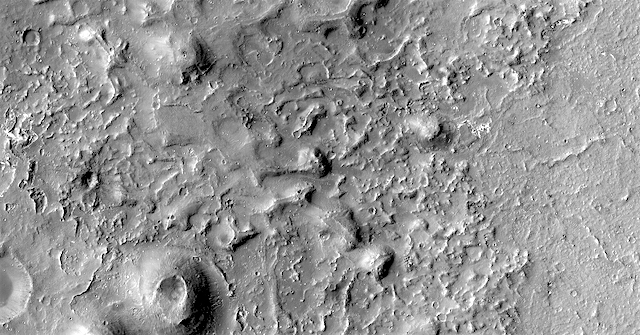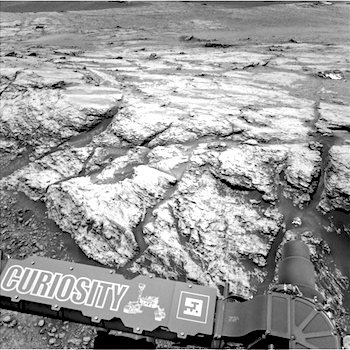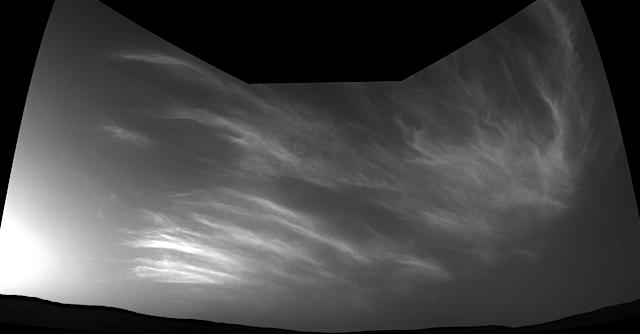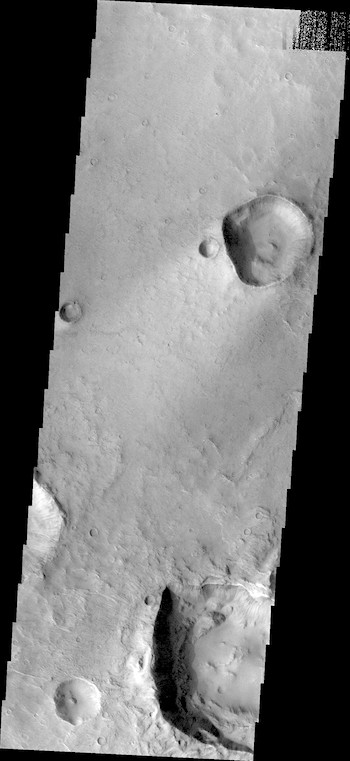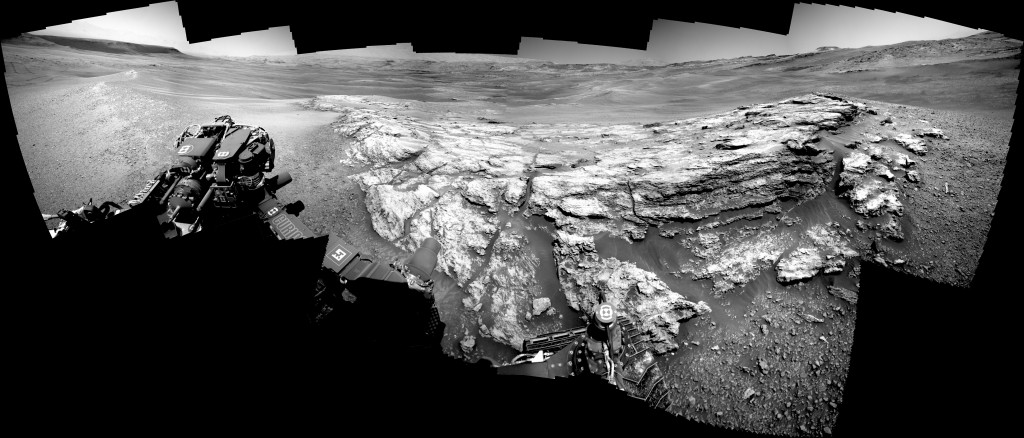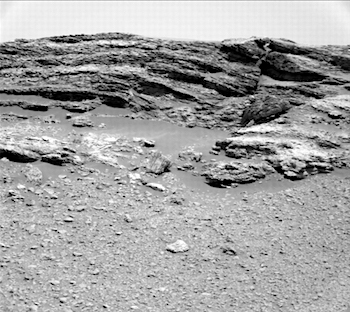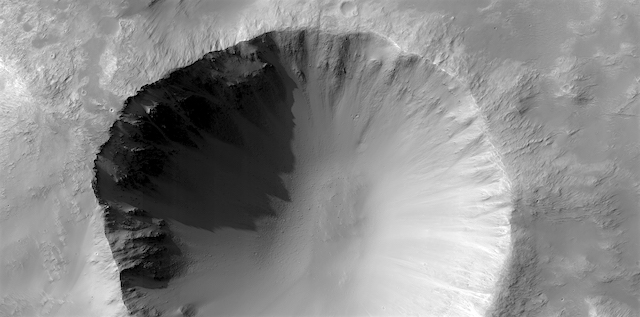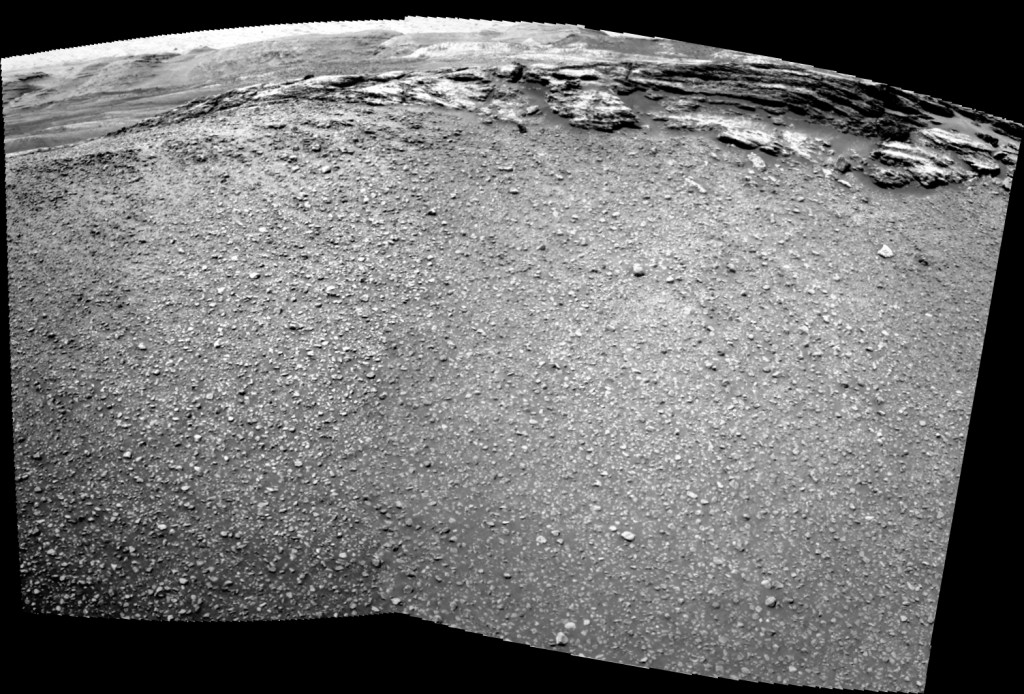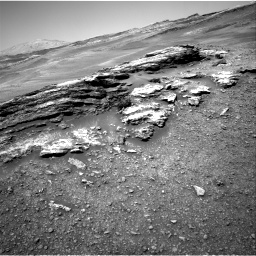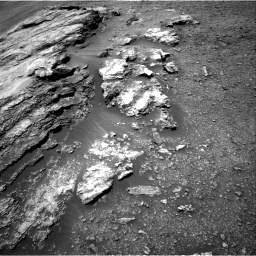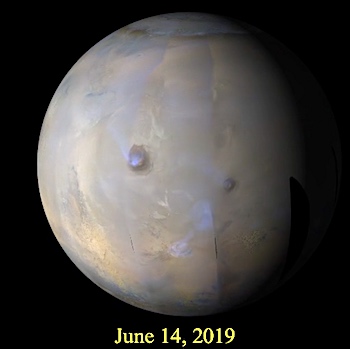 The regional dust storm noted in the previous week’s report had abated by the beginning of this past week, with only a remnant dust haze visible around Olympus Mons for a couple additional sols. Conditions along the edge of the seasonal north polar ice cap were relatively uneventful, apart from a transient dust front over Acidalia. Looking to the southern highlands, dust-lifting events were more abundant with… [More at link, including video]
The regional dust storm noted in the previous week’s report had abated by the beginning of this past week, with only a remnant dust haze visible around Olympus Mons for a couple additional sols. Conditions along the edge of the seasonal north polar ice cap were relatively uneventful, apart from a transient dust front over Acidalia. Looking to the southern highlands, dust-lifting events were more abundant with… [More at link, including video]
-
Recent Posts
Archives
Links
general
mission instruments
- CRISM: Compact Reconnaissance Imaging Spectrometer for Mars
- CTX: Context Camera
- HiRISE: High Resolution Imaging Science Experiment
- MARSIS: Mars Advanced Radar for Subsurface and Ionosphere Sounding
- SHARAD: Shallow Radar
- THEMIS: Thermal Emission Imaging System
missions
- All Mars missions list
- Curiosity rover
- ExoMars
- Hope (al-Amal) orbiter
- InSight
- Mars Atmosphere and Volatile Evolution Mission (MAVEN)
- Mars Exploration Rovers (MER)
- Mars Express (MEX)
- Mars Odyssey
- Mars Orbiter Mission (MOM) / Mangalyaan
- Mars Reconnaissance Orbiter (MRO)
- Mars Science Laboratory (MSL)
- Perseverance Rover
- Tianwen-1 orbiter/rover
news









